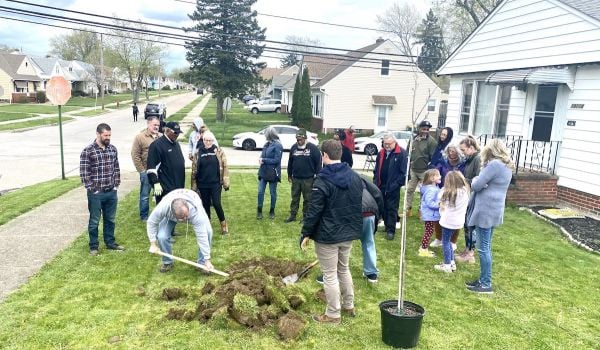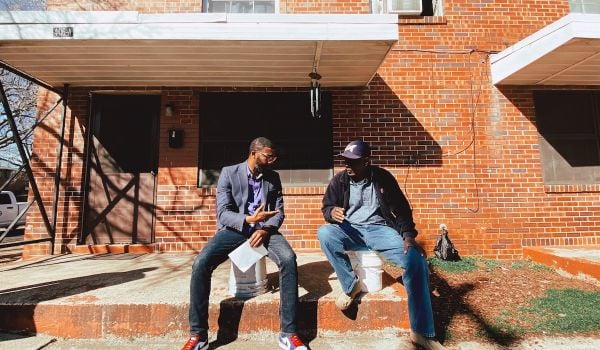From their impact on nearby property values to costs associated with crime and arson, vacant homes in poor condition are surprisingly expensive. But beyond their monetary cost — to neighbors and taxpayers alike — blighted properties are also associated with a number of public health concerns, including lead exposure.
That’s the conclusion of a new report from Case Western Reserve University, titled “Exploring the relationship Between Vacant and Distressed Properties and Community Health and Safety.” The paper examines those overlaps primarily in the city of Cleveland.
“While it’s well-known that vacant and abandoned properties decrease the value of surrounding properties, this study also illuminates the phenomenon’s harmful effects on people, public health [and] safety,” Jim Rokakis, vice president of the Land Conservancy (which commissioned the report), said in a statement.
But vacant properties and properties in poor condition, often covered with the blanket term “blight,” are actually two separate things — and the report, unlike other research on the topic, is able to differentiate.
Using data sets on property vacancy and condition, lead exposure and crime (homicide, aggravated assault, weapons violations) researchers created a series of maps with a geospatial analysis tool called optimized hot spot analysis (OHSA). If a “feature” (say, lead exposure) displays a statically significant pattern of clustering at 90 percent, 95 percent or 99 percent confidence, the result is labeled “a hot spot.” (“Cold spots” are also depicted, in blue.)
Based on those maps, researchers conclude that “areas of significantly concentrated vacancy” in Cleveland co-occur with hot spots of lead exposure, violent crime, homicide, weapons violation and aggravated assaults. (Lead exposure and properties in poor condition are issues of widespread concern in Cleveland right now). Hot spots of lead exposure and violent crime are most densely concentrated on the northeast, southeast and near-west sides of the city. Interestingly, those co-occurrences are high despite the condition of the vacant property — properties that are well-maintained are “nearly as similarly associated with violent criminal activity and lead exposure as vacant properties in distressed condition,” according to the report.
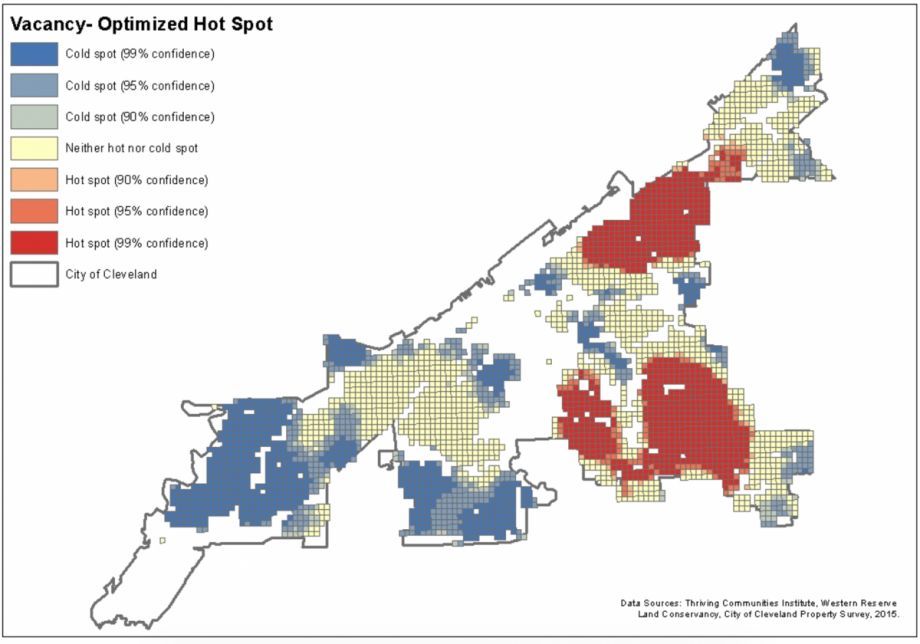
(Credit: Case Western Reserve University)
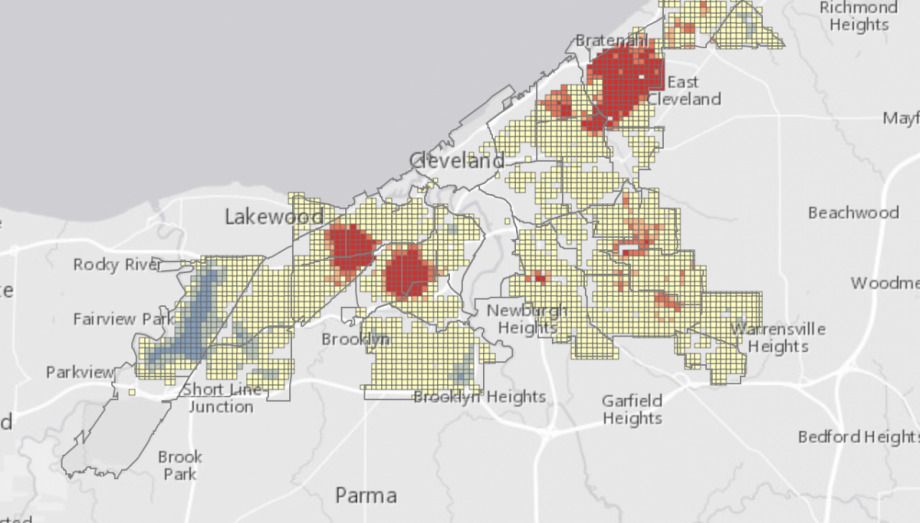
Lead exposure hot spots (Credit: Case Western Reserve University)
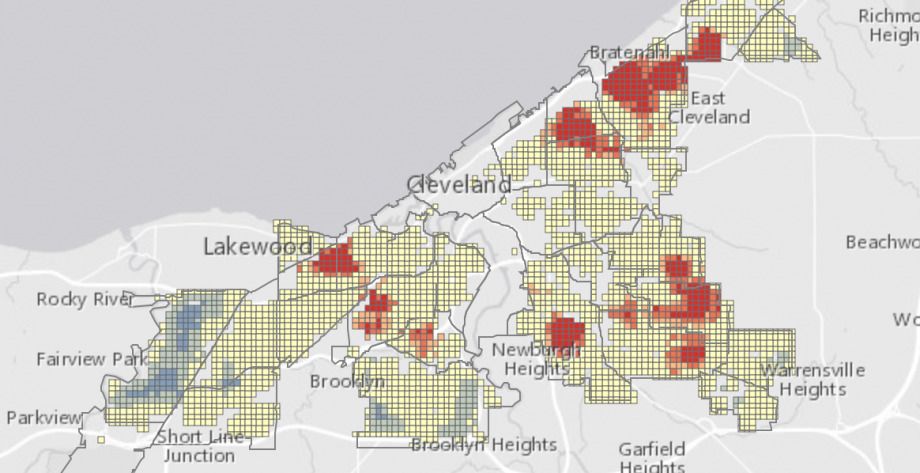
Aggravated assault exposure hot spots (Credit: Case Western Reserve University)
Researchers also found the co-occurrences somewhat counter-intuitive to begin with, because public health issues like violent crime require the presence of, well, the public.
“Our findings are surprising — especially the concentration of violent crime in areas of vacant properties, since one might assume fewer people would be in these areas,” April Hirsh Urban, a research assistant at the Poverty Center and the report’s co-author, said in a statement. “But where vacancy and lead exposure are at elevated levels and overlap, there is more likely to be violent crime, especially homicide, rape, robbery, weapons violations and aggravated assault.”
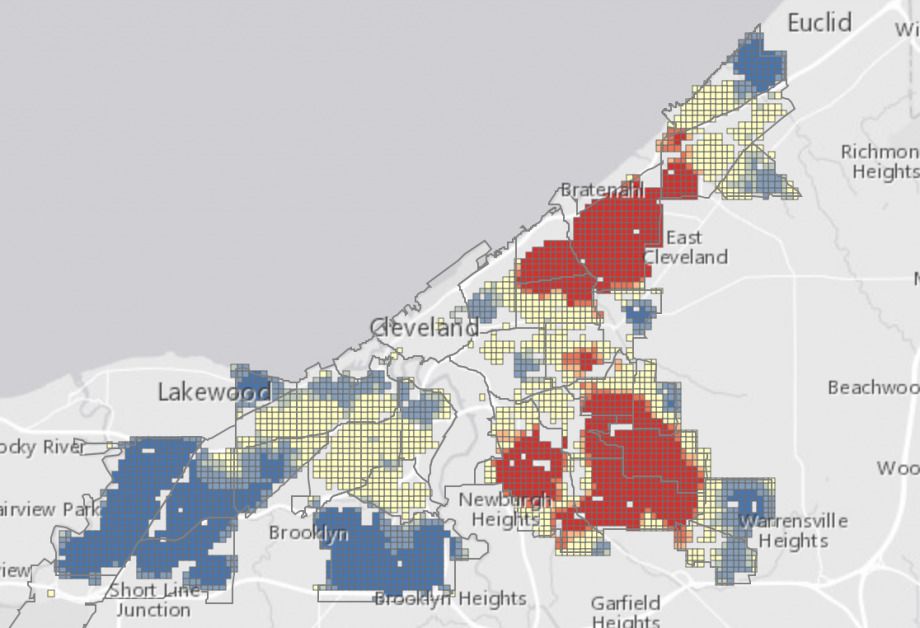
Vacancy hot spots (Credit: Case Western Reserve University)
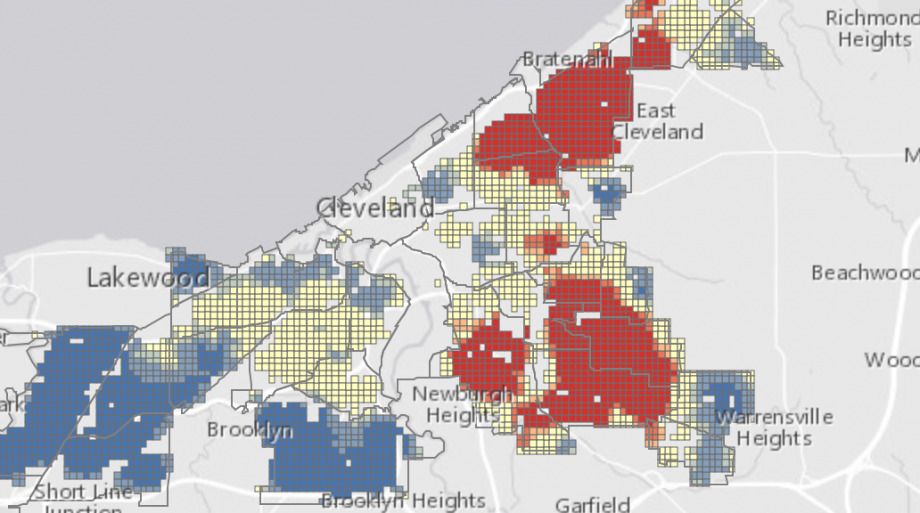
Distressed hot spots (Credit: Case Western Reserve University)
The report makes a number of policy recommendations, including that cities consider how:
- Local housing-based strategies can work to reduce concentrated vacancy.
- Community policing strategies target areas of concentrated vacancy.
- Primary prevention efforts of lead exposure can be targeted to areas of concentrated vacancy.
The report concludes:
Given our findings that hot spots of crime and lead exposure are located not just in hot spots of vacant and deteriorated properties, but also in hot spots of vacant properties in good or decent condition, housing-based strategies should consider the value of reducing concentrated vacancy to improving the quality of life for residents in a neighborhood.

Rachel Dovey is an award-winning freelance writer and former USC Annenberg fellow living at the northern tip of California’s Bay Area. She writes about infrastructure, water and climate change and has been published by Bust, Wired, Paste, SF Weekly, the East Bay Express and the North Bay Bohemian
Follow Rachel .(JavaScript must be enabled to view this email address)


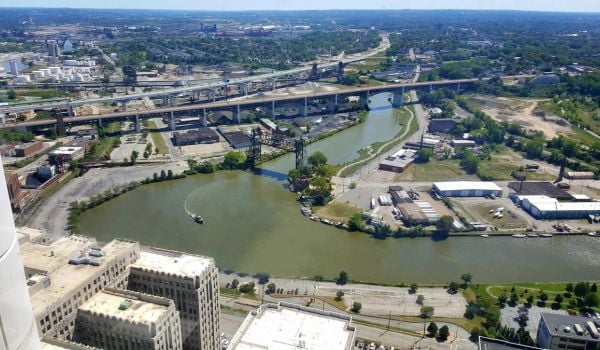

__Sean_Corrigan_from_Cleveland_Sews_(center)__and_Paula_Coggins_from_Oh_Sew_Powerful_(right)_sew_leftover_banners_from_the_NFL_Draft_into_handbags_-_photo_by_Sophie_Kannberg_600_350_80_s_c1.jpeg)


